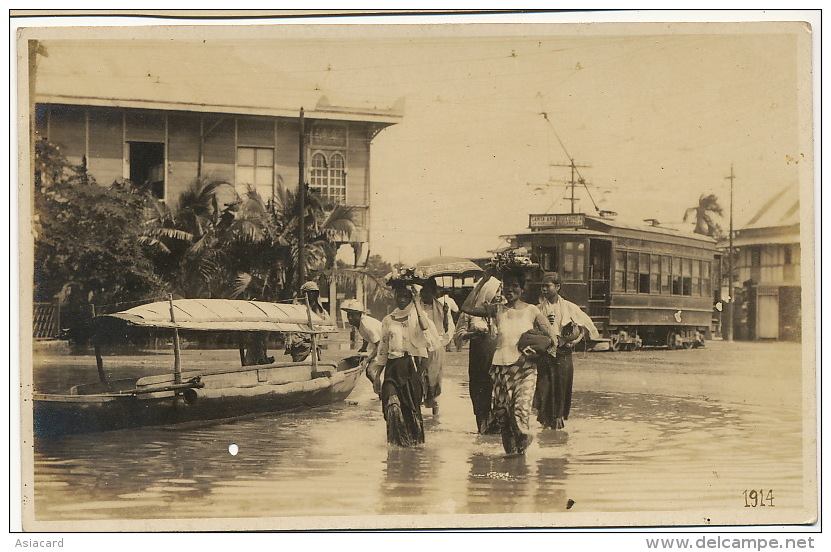Aside from gloomy weather, streets made impassable by flood are solid proof of the two weather disturbances.
Filipinos aren’t waterproof, but they can sure put up a fight when typhoons hit. Call it resilience or the Filipino spirit or whatever you want, but the point is, we survive (because we have to)—and some of us even find time to pause for the camera even when we’re swimming in nasty, murky floodwater.
Don’t believe me? Turn on the news now and I bet you, somewhere in that news clip, you’ll see what I’m talking about. Or better yet, take a look at this:
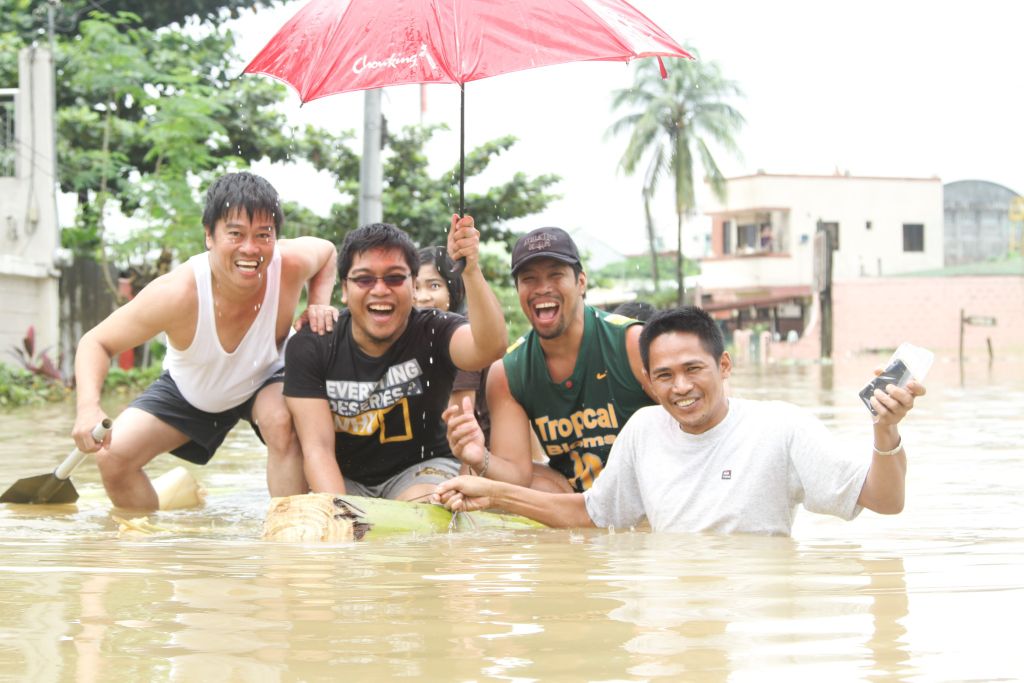
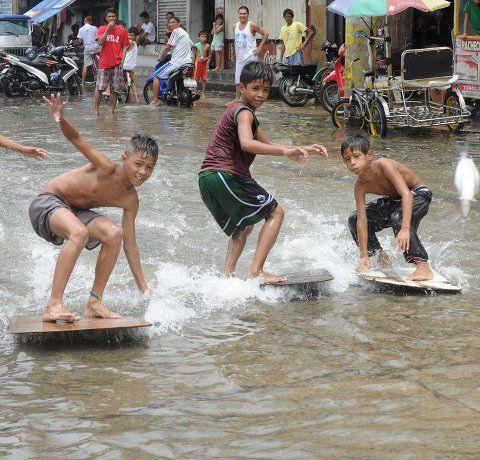
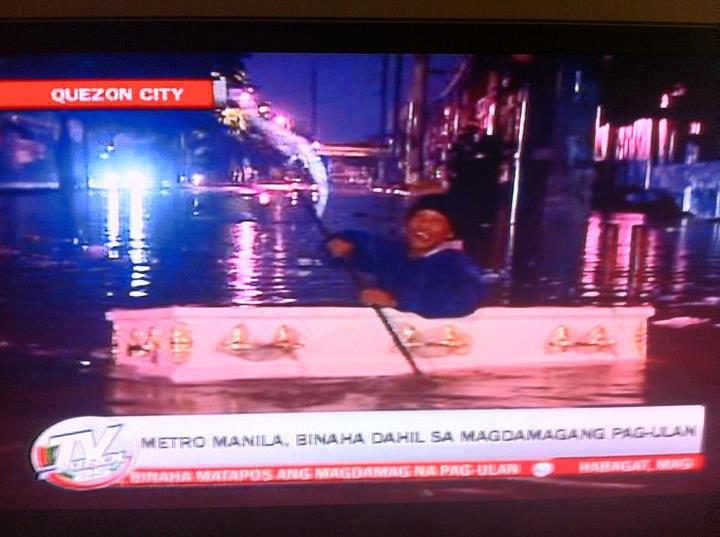
Of course it isn’t all smiles for everyone—it’s still a calamity after all. But Filipinos are no stranger to natural disasters. The country has been dealing with flood ever since the the Spanish occupation. How did our ancestors deal with typhoons? Did they have it worse? Did they, too, pause for the camera to smile even when they were braving flooded streets?
Apparently, the answer is yes. But some weren’t as pleased as this family casually posing in front of their flooded home in the ’30s. Just take a look at this kid, who was walking along one of Manila’s flooded streets in 1904. She might actually remind you of how you looked earlier today on the way to work.
Much like how we get around by car—or in worse situations by rubber boat—when streets are flooded, Filipinos in the early times also developed ways of traveling in floodwater.
Some used big batyas or wash bins.
Others used the bangka or a small rowboat, while others simply braved floodwater even when they were in baro’t sayas.
If there weren’t any bangkas around, animals would transport people through flooded streets.
Sometimes, the animals that pulled the kalesas around had to be taken inside when the water levels rose. The kalesas would then have to be pushed around by its owner. Luckily, bayanihan is common among Filipinos. Bystanders would willingly help push the kalesas to higher ground (if there was any).
Typhoons at that time also led to a lot of infrastructure damage.
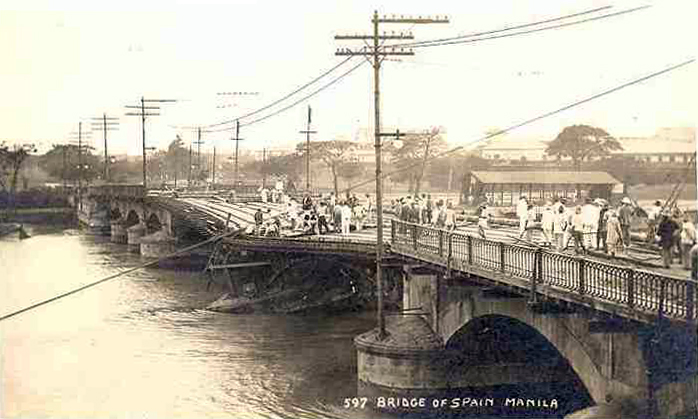
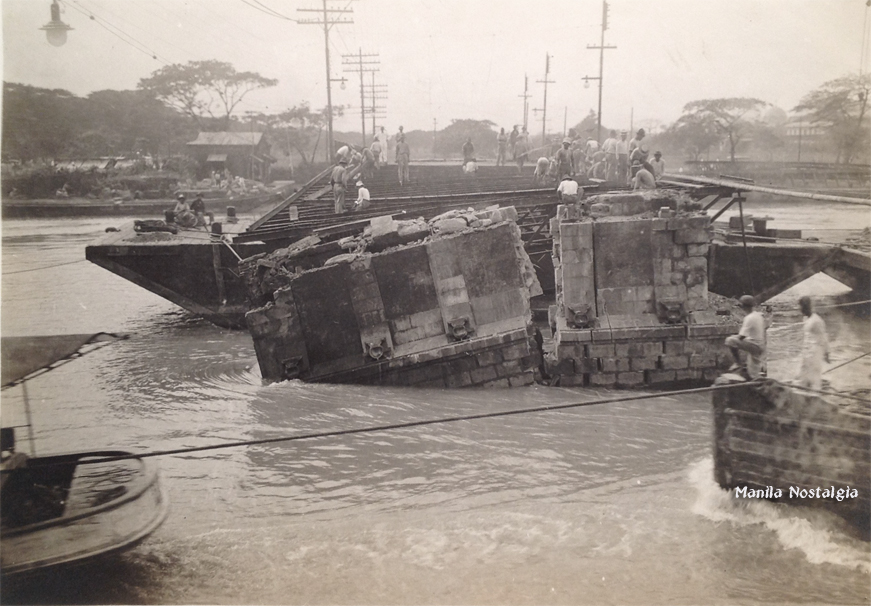
But even as time passed and technological advances allowed us to prepare more for these natural disasters, what shone through was the Filipino’s distinct adaptability and willingness to look on the bright side even when things got a little gloomy—or in this case, very wet.
Are you stuck at home or at the office? Or maybe stranded somewhere in between? Wherever you are right now, it looks like the weather’s not going to improve soon. So stay safe and have your flood survival kits ready. And most importantly, don’t forget to smile. The weather’s too gloomy as it is.
Header and featured images from Batang Blumentritt/Pinterest
Read more:
What should be in your flood survival kit
The cause of flood is not poor drainage system, it’s poor discipline
Residents of this Malabon compound have been dealing with waist-high flood for over 10 years
Why everyone needs to learn how to swim
Would you know what to do when lightning strikes?
Writer: ALYOSHA J. ROBILLOS

